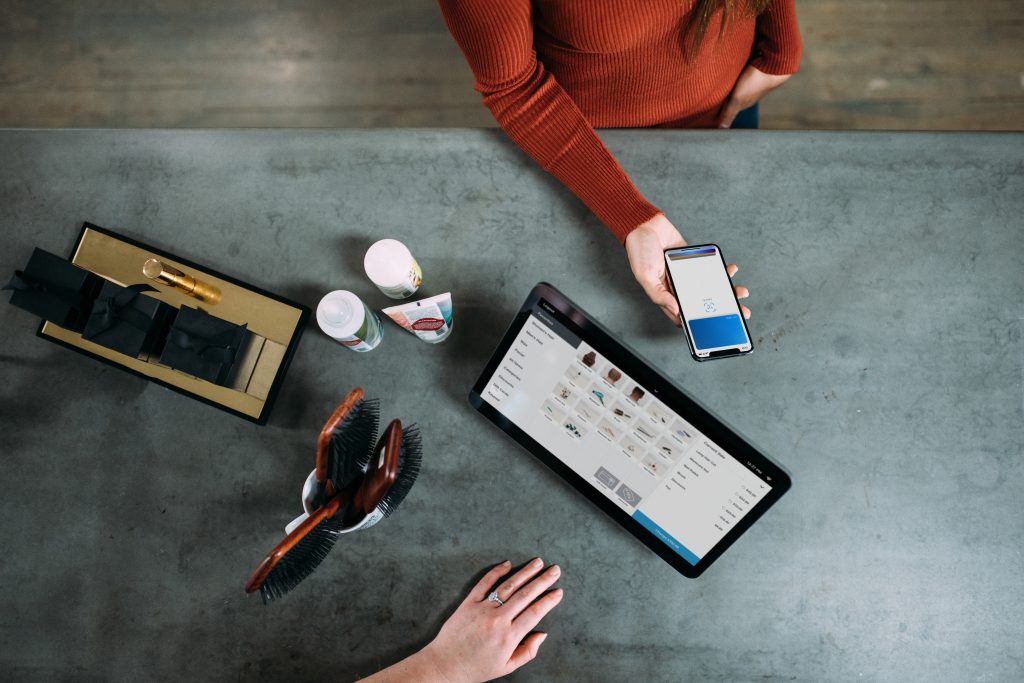
IRS Tax Appeals: All That You Need To Know
Getting in trouble with the IRS is something that no one would want to do. But this does not mean that they are always right. There could be times that you may not agree with their decision, whether it is a change they have made to your tax return or audit notice they have sent to you. As a taxpayer, you have the right to appeal the decision as an effort to resolve the disagreement. This means that you can still question the IRS but you should do it only when you are very sure and can prove that they are wrong. At the same time, you need to be aware of the procedure that you have to follow for getting a favorable result to your appeal. Here are the facts that you must absolutely know about IRS tax appeals before filing one.
Submitting a written protest
If you want to exercise your right to file an IRS tax appeal, you have to write a formal written protest first. The letter has to be signed and mailed to the IRS well before the deadline given on the report they have shared. The protest document should have your contact information along with an affirmative statement that you want to use your right to appeal. Also, provide a copy of the IRS notification you received and a complete explanation of your appeal. Additionally, you need to attach relevant documents that support the appeal. Keep a copy of the submitted protest for future reference. Once you send this letter, you will get a response from the IRS stating that your case will be transferred to the Appeals Division.
IRS Appeals Office
The IRS has an impartial Appeals Division that specifically looks after the resolution of appeals. The Appeals Division is nationwide and your case goes to the nearest Appeals Office. The office is separate from the other offices which investigate tax returns and audit them. This means that you can expect an impartial judgment in case you file an appeal. If you get written notification of an adjustment to your return by the IRS, you can request an appeals conference. This is an informal meeting where an impartial officer convenes the settlement of the dispute just as a judge does in court. While you can handle the appeal by yourself, the better option is to let a professional attorney do it for you. If you are not satisfied with the decision made in the Appeals Office, you may then file a lawsuit in court.
Filing a lawsuit
Obviously, filing a lawsuit is the only option if the appeals officer does not give a favorable verdict. If you plan to do so, you must have a seasoned tax attorney to handle the case. Of course, you may represent your case on your own but having a professional doing it makes you feel confident and improves your chances as well. You are required to pay the disputed tax amount first and then file for a refund in the Court of Federal Claims or a U.S. District Court.
Appealing IRS collections
The IRS will start collecting the tax debt you owe in case you do not get a favorable judgment in the Appeals Office or the court. At this stage, you can no longer challenge the validity of the debt you owe to the tax authorities. Still, you can raise a question on the methods that they use to collect the tax debt. In case the federal government gets a property lien, the taxpayer is entitled to a hearing right after receiving written notification of the lien. Alternatively, the IRS can collect the outstanding taxes using levies which may result in freezing the assets in the bank account or wage garnishments. However, the IRS must give advance notice before enforcing a levy or alien. You have the right to an appeal if they fail to provide the notice. But the appeal will not relieve you of the liability to pay your tax debt though it may delay the collection.
Now that you understand how tax appeals work, you can avail the advantage of one if you want to exercise this right against a wrongful action by the IRS. Still, the appeal will get you the desired benefit only if you are on the right side of the law and follow the right procedure as well. So you should be very sure before appealing and taking the case to the court. Also, having a seasoned tax lawyer gives you better chances of securing a verdict in your favor.


















